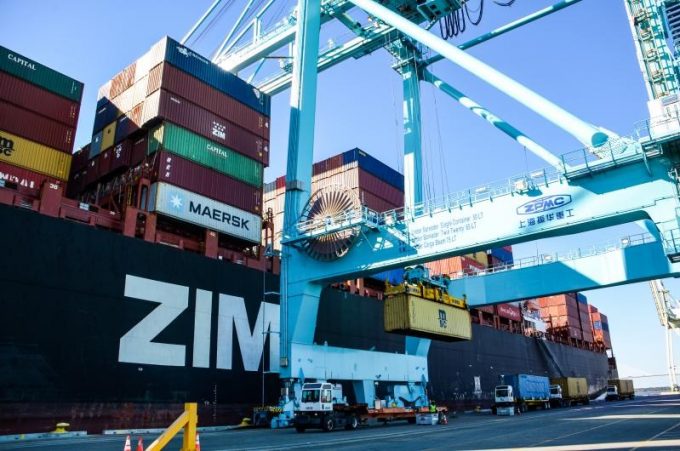Zim set to reinstate its transpacific ZX2 express service
In what could be one of the shortest service suspensions in shipping history, Zim is ...

Israeli carrier Zim says it needs to “capture volume” as it takes delivery of 46 long-term chartered vessels and continues to pay high daily hire rates for tonnage it already has on hire.
The carrier said it would be in a “transition period” until 2025, during ...

Comment on this article